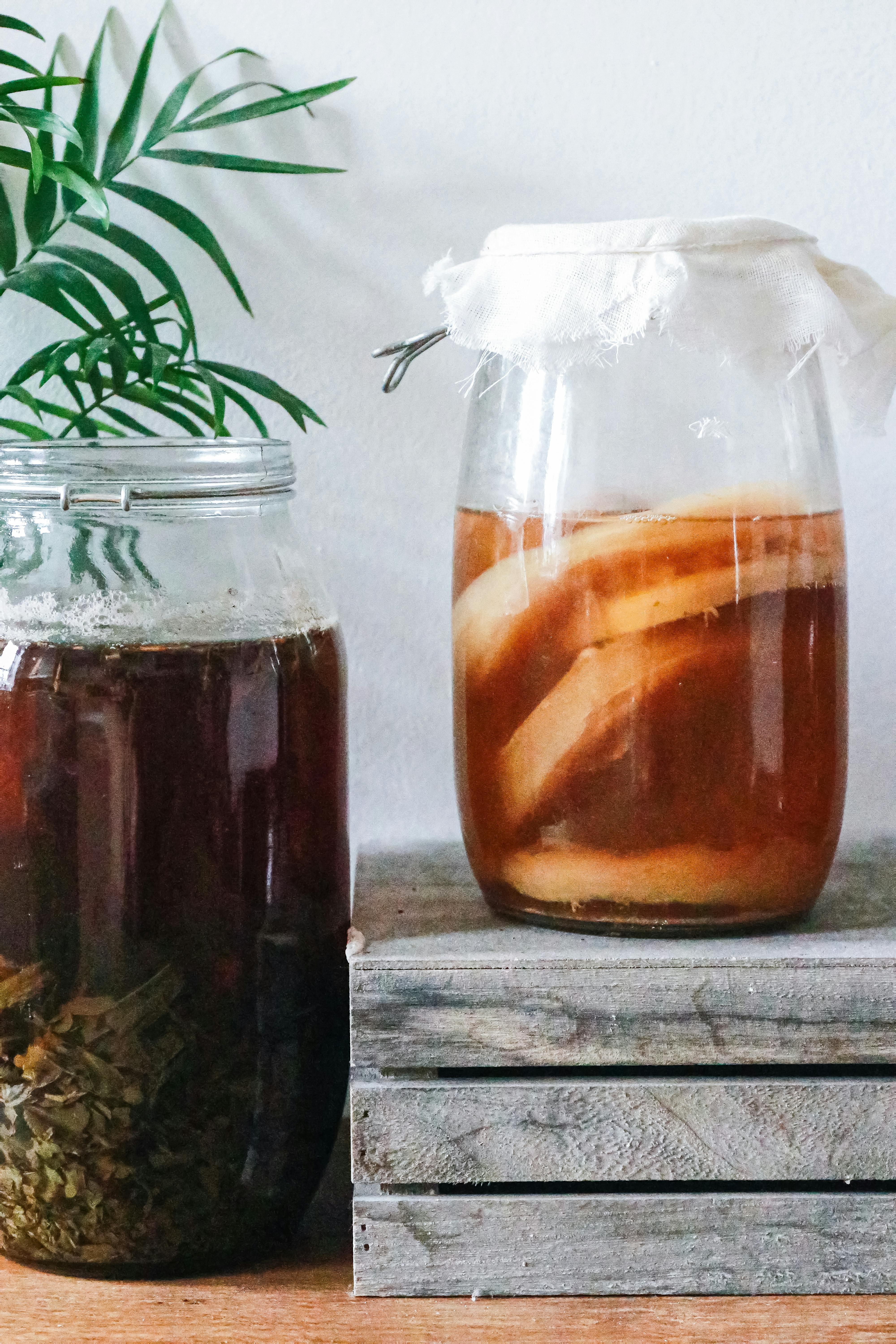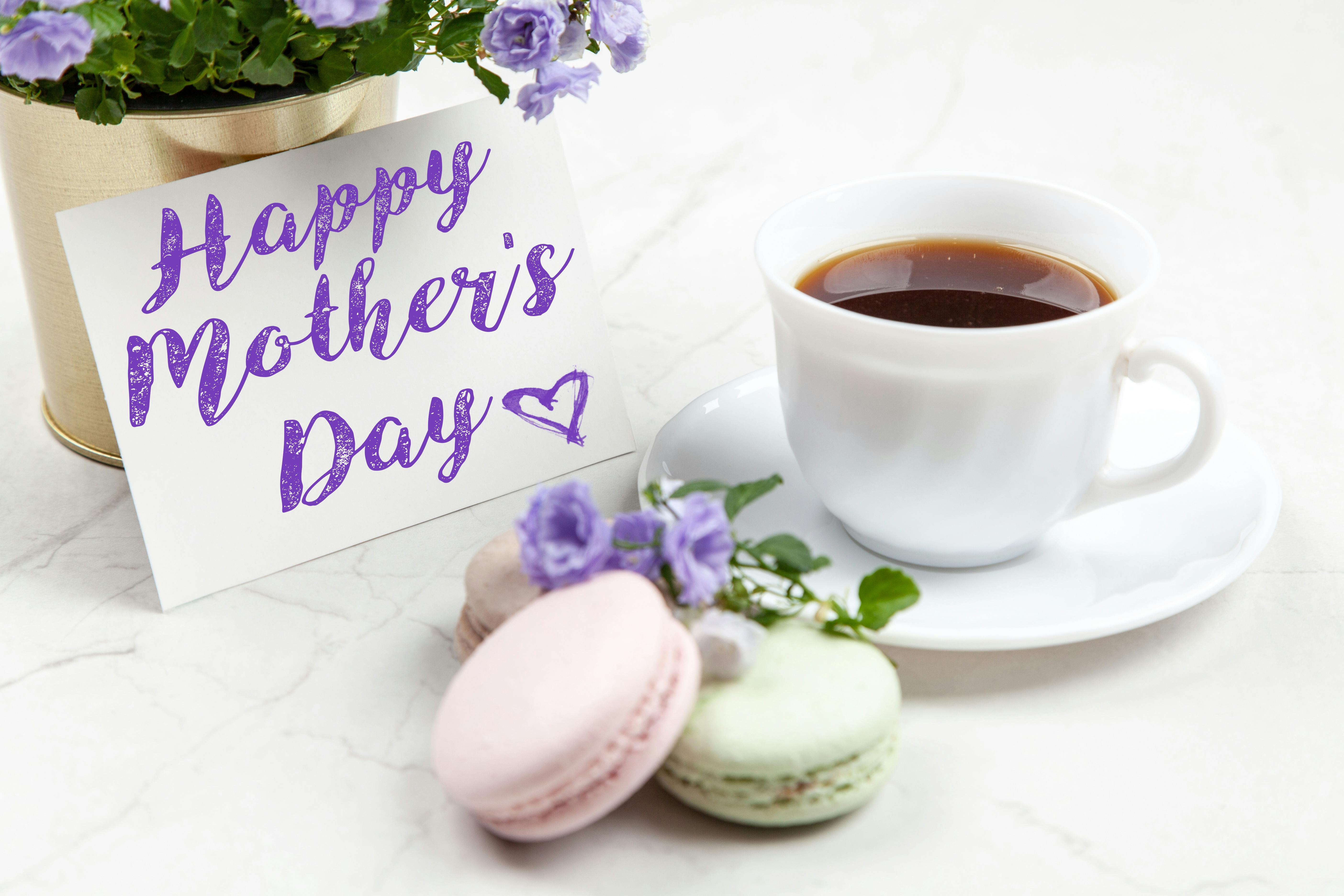Sencha tea is a popular variety of Japanese green tea. It is known for its mellow, yet complex flavor that has notes of buttery and grassy elements. It also has a faint sweetness that lingers on the tongue. Sencha tea is made from steamed leaves of Camellia sinensis and has a light yellow-green hue.
When brewed correctly, Sencha tea has a smooth, light flavor with no bitterness or astringency. The taste is often described as having vegetal notes, such as spinach or fresh cut grass, along with an umami character. It also has subtle sweet and nutty tones that can be detected in the aftertaste.Sencha is a type of Japanese green tea. It is made from the leaves of the Camellia sinensis plant and is one of the most popular types of tea in Japan. Sencha has a mild, grassy flavor and a vibrant yellow-green color when brewed. It also offers numerous health benefits, such as its high levels of antioxidants and other compounds that can help improve digestion and reduce inflammation. Sencha can be enjoyed both hot or cold, making it a great choice for any time of day.
Sencha tea is usually harvested in late spring or early summer, making it one of the freshest types of Japanese green tea available. The leaves are then steamed, rolled, and dried to preserve their flavor and aroma. Finally, they are sorted according to size and shape before being packed into jars or bags for sale. As a result, Sencha tea has a unique flavor profile that makes it stand out from other types of green tea.
Contents
Where Does Sencha Tea Come From?
Sencha tea is a type of green tea that originates from Japan. It is made from steaming, rolling and drying the leaves of the Camellia sinensis plant, which is a species native to China and India. The Japanese have been drinking green tea for centuries, and Sencha is one of the oldest and most popular types of green tea in Japan. Sencha is especially popular in the southern part of Japan, where it has been grown for generations. It is also one of the most widely consumed types of tea in the world.
Sencha tea has a delicate flavor that can vary depending on how it is harvested and processed. There are several different grades of Sencha available, ranging from high quality to lower quality grades. High-grade Sencha leaves are steamed for a shorter period of time than lower grades, giving it a more robust flavor and aroma. Lower grade Sencha leaves are steamed for longer periods, resulting in a lighter flavor with less complexity.
The best quality Sencha teas are grown in regions with abundant sunlight, such as Shizuoka Prefecture in Japan. Here, the tea plants receive direct sunlight for longer periods each day, allowing them to produce higher concentrations of beneficial compounds such as polyphenols and catechins. In addition to enjoying its unique taste and aroma, these compounds have numerous health benefits including improved digestion and reduced risk of heart disease.
In recent years, Sencha has become increasingly popular outside of Japan due to its many health benefits as well as its unique flavor profile. Today it can be found in many specialty stores throughout Europe and North America as well as online retailers. Whether you’re looking for an energizing morning beverage or a soothing cup before bedtime, there’s sure to be a type of Sencha that suits your taste!
What Are the Health Benefits of Drinking Sencha Tea?
Sencha tea is a type of Japanese green tea that is known for its many health benefits. It has been consumed in Japan for centuries and is now becoming increasingly popular in other parts of the world. Sencha tea has many beneficial components, including antioxidants, polyphenols, minerals, and vitamins. These components can help improve overall health and well-being.
Studies have found that drinking sencha tea can help reduce the risk of certain diseases such as heart disease, stroke, diabetes, cancer and obesity. It can also help lower cholesterol levels and improve digestion. Furthermore, sencha tea may have anti-inflammatory effects that can help relieve pain associated with arthritis and joint pain.
Sencha tea is also believed to have anti-aging properties due to its high levels of antioxidants which can help protect against free radicals that can damage cells and cause premature aging. It may also slow the aging process by helping to protect DNA from damage caused by oxidative stress.
In addition to its health benefits, consuming sencha tea may also provide mental health benefits such as reducing stress levels and improving cognitive function as well as mood. Studies have found that drinking this type of green tea on a regular basis may reduce stress hormones such as cortisol which can lead to better sleep quality.
Overall, sencha tea has many potential health benefits due to its high antioxidant content, minerals, vitamins and polyphenols which may help protect against various diseases while improving physical and mental health in general.
Sencha Tea Preparation
Sencha tea is prepared using a well-established process. The first step is to select high-quality loose-leaf tea leaves. The leaves should be free of dirt, dust, and other contaminants. Next, the leaves must be steamed for several minutes to bring out their flavor and aroma. After steaming, the leaves are rolled into a ball and then dried. This rolling process helps to release more of the tea’s natural oils, resulting in a richer flavor. Once dried, the leaves are ready to be steeped in hot water and consumed. Depending on personal preference, Sencha can be steeped for anywhere from two to five minutes before being served.
Once steeped, Sencha can be enjoyed as is or sweetened with sugar or honey. It can also be served hot or cold depending on one’s preference. In Japan it is traditional to prepare Sencha by pouring hot water over the leaves multiple times until all of the flavor has been extracted from them. This method is known as “multiple infusions” and allows for optimal flavor extraction and enjoyment of all of the tea’s health benefits.
How Does Sencha Tea Taste?
Sencha tea is a popular type of Japanese green tea with a distinct flavor. The flavor of Sencha tea is often described as being grassy, vegetal, and slightly sweet. The taste can also vary depending on the quality and origin of the leaves used to make it. Some people find that higher-grade Sencha tea tastes sweeter than lower-grade Sencha teas.
Sencha tea has a unique taste due to the way it is processed. Unlike other types of green tea, which are steamed or pan-fried during production, Sencha is rolled and left to dry in the sun. This gives it a distinct flavor that cannot be found in other types of green tea.
The flavor of Sencha can also change depending on how it is brewed. Generally speaking, lighter brews tend to bring out its sweetness while darker brews bring out its grassy notes. When brewed correctly, the result should be a well-balanced cup with a pleasant aroma and flavor that lingers in the mouth after each sip.
Overall, Sencha tea has a unique taste that may take some time to get used to if you are new to drinking green teas. But once you do get used to it, you may find that it quickly becomes an indispensable part of your daily routine!

Types of Sencha Teas
Sencha is a type of green tea that is popular in Japan. It is made from steaming, rolling, and drying fresh tea leaves. The result is a light, grassy flavor and a bright yellow-green hue. There are several different types of sencha teas, each with its own unique flavor and characteristics.
The most common type of sencha is kabusecha, which has a milder flavor than regular sencha due to its shorter steaming process. Fukamushi sencha is also popular, as it has been steamed for longer and has a stronger flavor. Bancha is another type of sencha that has been lightly roasted and has a nutty aroma and taste.
Gyokuro is considered the highest grade of green tea in Japan and is made using shade-grown leaves. This process produces an even more intense flavor than regular sencha teas, with an umami taste that can be quite sweet. Matcha is also a type of green tea but different from sencha because it is made from powdered green tea leaves rather than whole leaves.
In addition to the traditional senchas mentioned above, there are also flavored varieties such as genmaicha (made with toasted rice) or hojicha (made with roasted tea leaves). Each type of sencha offers its own unique flavors, so it’s worth experimenting to find the one you like best!
Choosing the Best Quality Sencha Tea
Choosing the best quality Sencha tea can be a daunting task for tea lovers who are just starting out. There are a few factors that should be considered when selecting the right type of Sencha tea, including origin, steaming process, grading system, and flavor profile.
When it comes to origin, the tea should come from Japan or China as these countries are known for producing high-quality Sencha. The steaming process is also important as it will determine how much flavor and aroma the tea has. Different types of steaming processes will result in different flavors and aromas, so it is important to understand what type of tea you are getting before purchasing.
The grading system for Sencha is based on leaf size and shape, with larger leaves being more desirable than smaller ones. The flavor profile is also important to consider when choosing a good quality Sencha tea. Different types of Sencha will have different levels of bitterness and sweetness so it’s important to try a few different varieties in order to find out which one suits your taste buds best.
Finally, it’s important to remember that the best quality Sencha teas are usually more expensive than lower quality options. It’s worth investing in a higher quality product if you’re looking for an authentic Japanese experience as these teas tend to be more flavorful and aromatic than their lower-grade counterparts. With all these factors taken into consideration, there’s no doubt that choosing the right type of Sencha can be an enjoyable experience!
Brewing Instructions for Making a Perfect Cup of Sencha Tea
Brewing Sencha tea is a simple, yet purposeful process that requires attention and care. In order to prepare the perfect cup of Sencha tea, it is important to follow the steps below with precision.
Begin by measuring the desired amount of Sencha green tea leaves into a teapot or cup. Generally, the ratio should be one teaspoon of green tea leaves per 8 ounces of water.
Next, heat the water to the correct temperature for brewing. The ideal brewing temperature for Sencha green tea is 160-170 degrees Fahrenheit (71-77 degrees Celsius).
Once the water has reached its desired temperature, pour it into your teapot or cup and let it steep for 1-3 minutes. The longer you steep the tea leaves, the more bitter the flavor will be; less time will produce a lighter flavor.
Finally, strain out any remaining tea leaves from your cup before serving and enjoy your perfect cup of Sencha green tea!

Conclusion
In conclusion, Sencha tea is a unique and enjoyable Japanese green tea. Its taste can be described as vegetal, grassy, and sometimes slightly sweet. It has a smooth texture and light color that sets it apart from other green teas. The flavor of Sencha tea can vary depending on the region where it is grown, but all versions are highly prized for their taste. For those looking to explore the world of green teas, Sencha is definitely worth a try!
0 Comments